Transition Planning >>>>>>>>>>

Identify Strengths & Interests
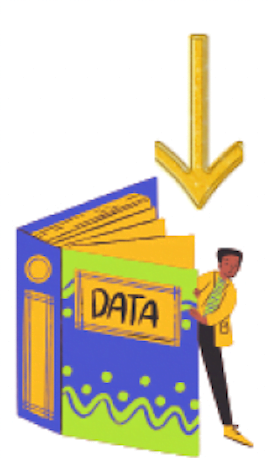




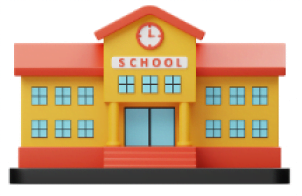
Role of the school IEP in place no later than when the student is 16; 14 in Texas
- Student must participate in IEP meetings (Self- determination)
- Must invite agencies to support transition
- IEP must include postsecondary goals
- Must provide classes and services that will help the student attain their goals
Identify Strengths & Interests

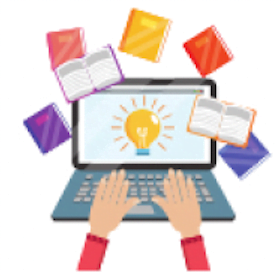
- Observations
- Check lists
- Standardized Tests
- Situational assessments
- Work-based assessments

- Vocational assessments
- Self-determination assessments
- Independent living assessments
- Occupational/relational

- Student and parent interviews
- Teacher/educational staff reports
- Situational assessments


Set up for success via the IEP


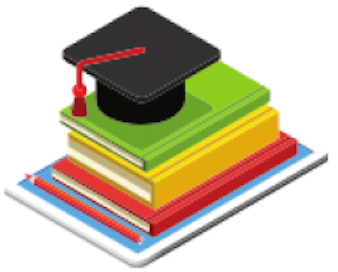
- vocational rehabilitation
- speech or occupational therapy
- counseling social skills


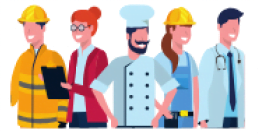




Connect with Resources



- Assessment
- Job Training
- Job Placement
- Job Coaching
- Counseling
- Support
- Follow-up
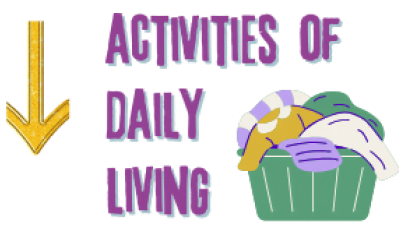

- State VR agencies
- Private rehabilitation providers
- Local non- profits
- Educational institutions
Understand Legal Rights and Advocacy



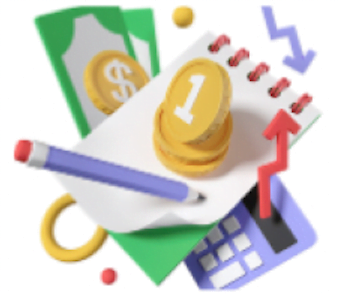

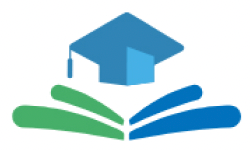

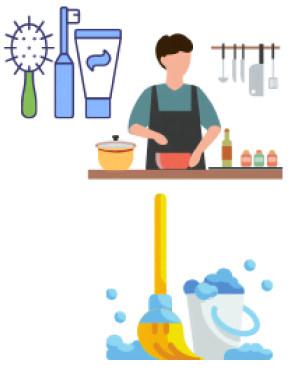

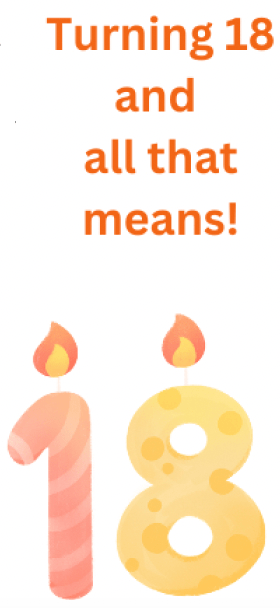

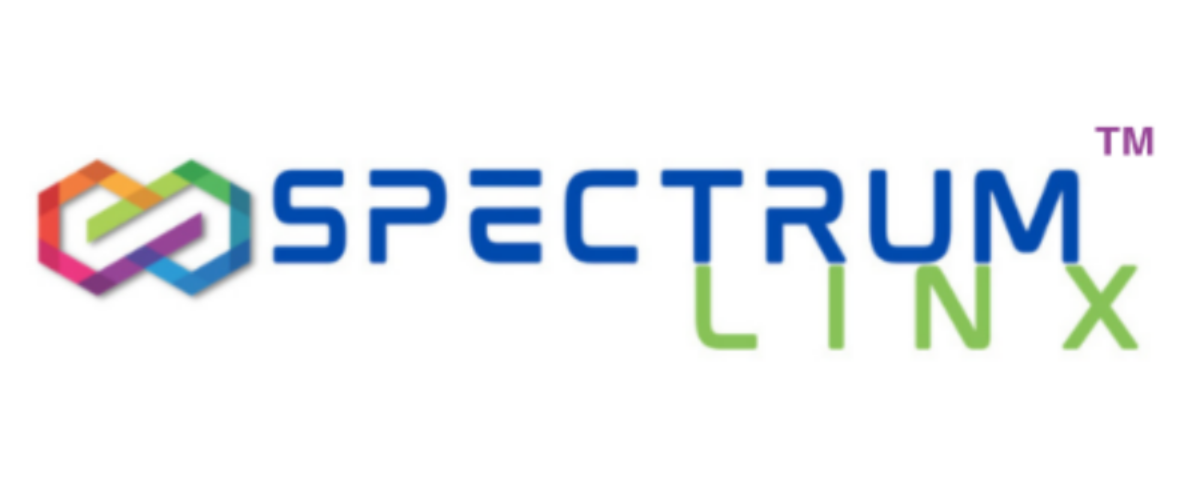
-
9337 Katy Freeway Ste B112, Houston, Texas, 77024 - USA
-
info@spectrumlinx.com
-
281-826-6020
Quick Links
Click to Connect With Us

We welcome everyone! If you need help navigating call 281-826-6020.5
*Spectrum Linx does not provide legal advice or mental health counseling.
Hi! As an award winning business leader and a proud stepmother to a young adult diagnosed with autism at two years old, my journey into the world of autism has been an eye-opening and transformative experience. Over the years, I've had the privilege of meeting countless inspiring mothers who walked the autism path before me. Their invaluable insights, tales of determination, and lessons on harnessing the immense potential of children with autism - even in the face of limited resources - opened up a new universe to me.
Hi! I’m a Licensed Board Certified Behavior Analyst and a TEA-certified special educator. My passion for working with autistic individuals started in the classroom when I realized how much kids could accomplish when we are looking for their strengths and providing the right supports. I now have almost 20 years of experience working with individuals with autism – 15 of those in public school classrooms.
Hi! I'm Dr. Stefanie - a former special education teacher and campus administrator for grades K-12. My education background taught me how to support various learning styles and the social-emotional needs of individuals with Autism, intellectual disabilities, and behavior disorders. I am passionate about helping those with autism and similar special needs because I have family members and loved ones with similar diagnoses and struggles. I personally understand the need for services outside of education and after formal education ends. I fill this on-going need through my Coaching program!
My coaching prepares individuals (and their families) for post-secondary education opportunities, employment, and independent living. Through coaching, I help individuals achieve independence and self-advocacy so they can enjoy a life that is most meaningful to them. The coaching experience guides individuals to learn practical skills necessary to thrive independently in the world around them - at a pace that is comfortable and in conjunction with other supports that may exist. Currently, coaching is provided to individuals transitioning out of high school and in other stages of adulthood.
In addition to providing individual support, Dr. Stefanie partners with school districts, early childhood centers, and non-profit organizations to spread awareness on neurodiversity through education and training. Stefanie is committed to assisting neurodiverse individuals achieve personal success!
Daniel is a dedicated advocate, speaker, author, and editor specializing in Autism Spectrum (AS). Drawing from his personal experience with AS, he has become a passionate voice for those living with the condition and those interacting with them. Daniel actively contributes to the community by volunteering with FEAT (Families for Effective Autism Treatment), where he initiated an adult support group for those with Asperger’s.
Brandi's Current and Past Roles:
- Education Director at Incuentro, LLC, Houston, TX
- Educational Consultant/Education Director at Social Motion, Inc., Houston, TX
- Educational Consultant at The Center for Pursuit, Houston, TX
- Consultant/Subject Matter Expert at Birkman International, Houston, TX
- BCBA Program Specialist at Houston ISD
- Autism Specialist/Special Education Teacher at Hudson ISD
- District Teacher of the Year 2014, Hudson ISD, Lufkin, TX
Contributions to Science and Innovation
- Evaluating Community-Based Social Skills Intervention for High Functioning Autism Spectrum Disorder (Tan. S., Timmons, B., Dawson, W., et al.), presented virtually at the American Psychological Association Convention, August 2020.
- Perspectives on Building a Community-Academic Partnership to Evaluate a Social Skills Intervention (Tan. S., Garcia, A., Hut, A.R., et al.), showcased at the same convention in August 2021.
- Evaluating a Community-Based Social Skills Intervention Program for Youth with Autism during COVID-19 (Tan. S, Timmons, B., Dawson, W., et al.), also presented in August 2021.
- Teaching ADLs to Adolescents and Young Adults with Intellectual and Developmental Disabilities (Gardner, S.M., Sakyi, G., Mire, S.S., et al.), shared at the American Association on Intellectual and Developmental Disabilities in June 2023.
- Cost Analysis of a Social Skills Training Program for Autistic Youth (Tan, S.; Keller-Margulis, M.; Mire, S.; et al.), conducted by the Department of Psychology, University of Houston in 2023.
Regular contributor to Autism Parenting Magazine
Achievements and Recognitions
NEEDS program : Safe School Award, Crime Stoppers Heroes Luncheon 2024
Woman of Substance, Mission of Yahweh, 2022
Community Icon Award, Swoon Magazine, 2019
Community Partner Recognition, Harris County Precinct One Constable’s Office, 2018
Harvard Business School Executive Education, American Express Scholarship, 2018
Senate Proclamation 926, Texas Senate, 2016
City of Houston Commendation, 2016
Women on the Move, Texas Executive Women, 2016
50 Most Influential Women, Houston Woman Magazine, 2016
Community Contribution Award, Easter Seals, 2013
Professional Affiliations and Speaking Engagements
I am a proud member of the Women Presidents Organization and an active participant in Educators in VR, reflecting my commitment to leadership and continuous learning. My speaking engagements have covered a range of topics, from disability etiquette and inclusion in the workplace to managing ADA compliance and supporting Texans with special needs.
Career Highlights
Co- Founder and Sole Member, Incuentro LLC, 2019-Present
Founder and Executive Director, Social Motion, Inc., 2010-2021
Contributions to Science
Over the past 12 years, I have been dedicated to creating programs and services for autistic individuals and their families. As the founder of the nonprofit Social Motion Skills, our team provides services to over 200 autistic students weekly. In collaboration with the University of Houston, led by Dr. Sarah Mire (now at Baylor University), we have conducted a thorough evaluation of the Social Motion program's curriculum. This evaluation spurred several research projects:
Evaluating Community-Based Social Skills Intervention for High Functioning Autism Spectrum Disorder: Tan, S., Timmons, B., Dawson, W., Gonzalez, J.E., Kim, H., Mire, S.S. (Presented at the American Psychological Association Convention, August 2020; virtual).
Perspectives on Building a Community-Academic Partnership to Evaluate a Social Skills Intervention: Tan, S., Garcia, A., Hut, A.R., Sanchez, B., Timmons, B., Dawson, W., Gonzalez, J.E., Mire, S.S. (Presented at the American Psychological Association Convention, August 2021; virtual).
Evaluating a Community-Based Social Skills Intervention Program for Youth with Autism during COVID-19: Tan, S., Timmons, B., Dawson, W., Gonzalez, J.E., Kim, H., Mire, S.S. (Presented at the American Psychological Association Convention, August 2021; virtual).
Teaching ADLs to Adolescents and Young Adults with Intellectual and Developmental Disabilities: Gardner, S.M., Sakyi, G., Mire, S.S., Timmons, B., Dawson, W., Ragan, K. (Presented at the American Association on Intellectual and Developmental Disabilities, June 2023).
Cost Analysis of a Social Skills Training Program for Autistic Youth: Tan, S., Keller-Margulis, M., Mire, S., Timmons, B., Dawson, W., Gonzalez, J., Kim, H., Hassett, K. (Department of Psychology, University of Houston, 2023).
Edutech Innovation
In addition to my nonprofit work, I co-founded Incuentro LLC, an edutech company designed to deliver autism expertise to families lacking access to resources. Through Incuentro, we launched Spectrum Linx, a platform offering microlearning courses and parent coaching through a website and app (iOS/Google), making it accessible worldwide. Spectrum Linx is a comprehensive tool involving extensive research and development, including the creation of journey maps for parent guidance and over 80 microlearning courses.